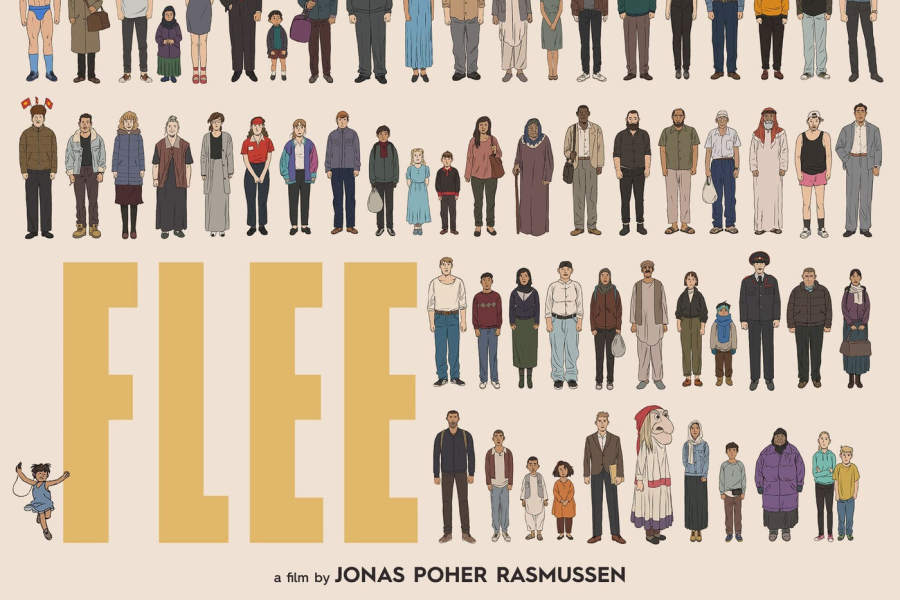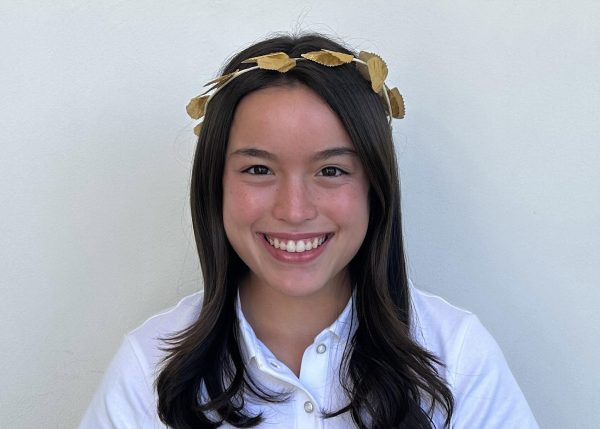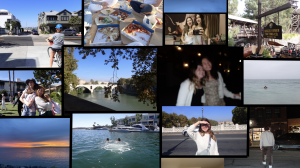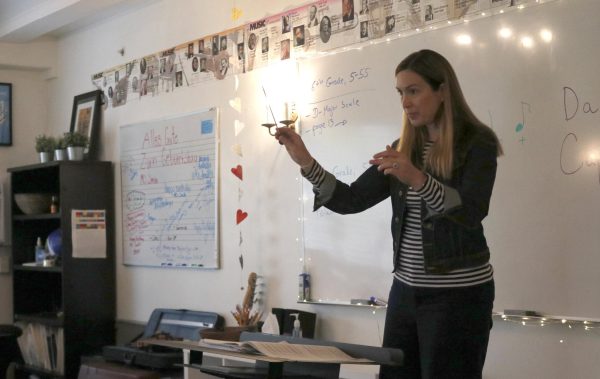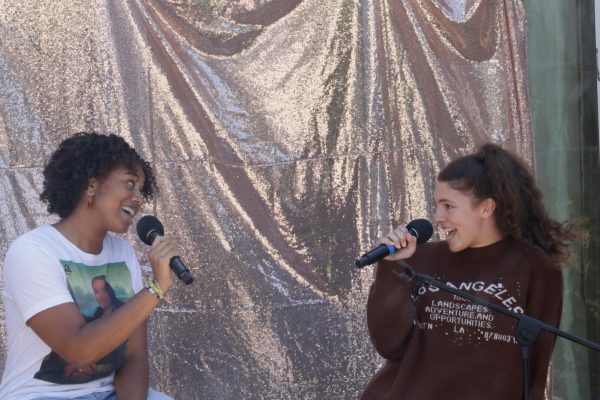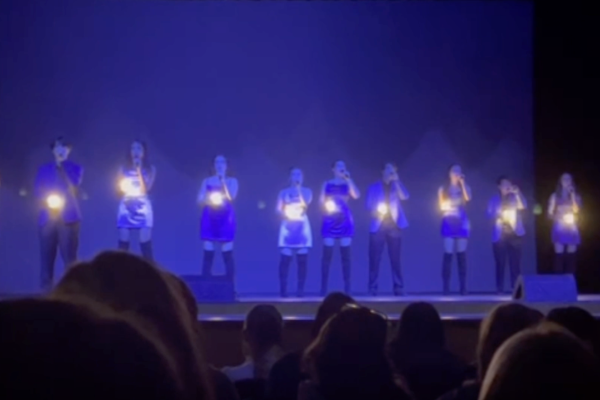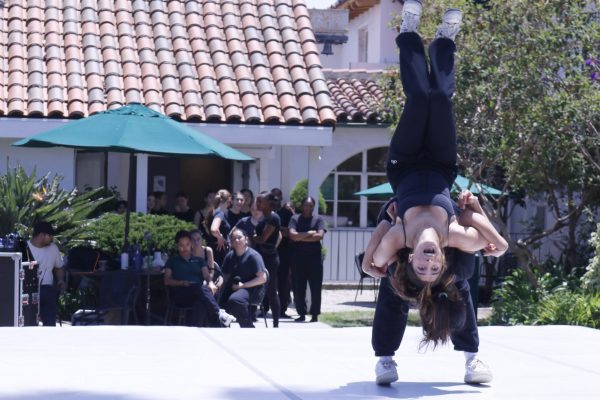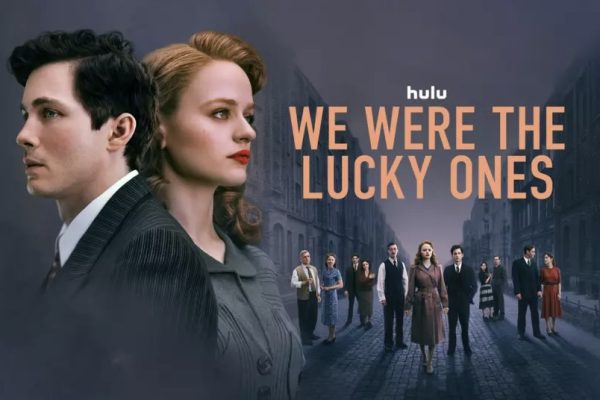Review: Animated documentary ‘Flee’ tells emotionally evocative story of Afghan refugee
Photo credit: Flee Promotional Poster
“Flee” is about Amin Nawabi’s journey to reach safety and find a place where he belongs as he goes through traumatic events as an Afghan refugee and navigates his new life in Denmark on his own. It was released in theaters in the U.S. on Dec. 3, 2021, and has since been nominated for three Oscar shortlists.
January 24, 2022
Through a combination of colorful, black-and-white animations and live action clips from historic moments, the animated documentary “Flee” follows the emotionally impactful true story of Afghan refugee Amin Nawabi as he flees Afghanistan to Denmark.
Writer and director Jonas Poher Rassumen wrote the film based on the true story of his high school friend and co-writer Amin Nawabi who fled Afghanistan. In the documentary, Rasummen tells Nawabi’s story by asking him a series of questions about his childhood and journey. Nawabi’s identity is hidden through a pseudonym and several animations, though it is his real voice that narrates the story, which creates an engaging narrative flow and strong connection with the audience.
“Flee” had its world premiere on Jan. 28, 2021, at the 2021 Sundance Film Festival, where it won the World Cinema Documentary Grand Jury Prize. It was theatrically released in the U.S. on Dec. 3, 2021, in its original language, Danish, and has already made multiple Oscar shortlists for Best Documentary Feature, Best International Feature and Best Animated Feature. Being on a shortlist means that the film is in the running to be nominated for an Oscar and only needs to go through one more cut before the official list is finalized. If it were to win all three categories, it would be the first film to ever do so.
The audience knows from the beginning of the movie that Amin eventually makes it to Denmark, as the film flashes back and forth starting with his journey trying to reunite with his family in Sweden to his present life in Copenhagen, where he is about to marry his long-time boyfriend.
The film follows the story of Amin and his family, beginning with anecdotes from his joyful childhood in Afghanistan before his family was torn apart. Amin and a few of his family members fled Afghanistan to Russia, a move which had its own set of challenges. They were undocumented and forced to remain isolated in their apartment for many years for fear of being sent back to Afghanistan. The family worked hard and long hours in order to save enough money to bring the entire family to Sweden, where they could live a safer life. During these repetitive years of isolated waiting grew a sense of hopelessness and fear that is portrayed through the desaturated colors featured in the animation. Amin and his family had to be smuggled out of the country by human traffickers, as it was the cheapest way and their only option to receive any sense of freedom.
Additionally, Amin struggles with his identity as he fears he will not be accepted by his conservative family because being gay in Afghanistan is considered to be “unacceptable.” As Amin navigates his life as a young person alone in Denmark, he begins to discover and explore his sexuality while also pursuing his doctoral degree.
Present-day Amin narrates the story and reveals that he still struggles with feelings of loss and a lack of safety and belonging. His boyfriend wants to buy a house and settle down together, which forces Amin to confront his tumultuous past in order to understand his feelings, begin to heal and move forward with his life.
While the story is heartbreaking, it is told in a beautiful way with different visuals to paint a more full picture of what Amin’s life was like. The various ways of storytelling work together to evoke emotions of fear, confusion, relief and happiness that mirror the feelings of each character in the film. The animation enhances the emotional depiction of an already moving film, especially with color and tone changes throughout challenging moments of Amin’s life.
When Amin and his family went through especially difficult and terrifying events, like running from collapsing buildings in Afghanistan or being below deck on a dangerous journey by ship trying to make it to Sweden, the film was illustrated using blurred and colorless animation. This choice of animation further highlights emotional moments of fear and confusion as everything moved quickly and was unclear, just like their futures.
Amin’s goal throughout the film is to reunite with his family, reconcile with himself and recognize the trauma he’s been through to begin his healing process. The film effectively portrays this by flashing backwards and forwards in time to different parts of Amin’s life and successfully developing these moments artistically.
While the film doesn’t shy away from portraying harsh and dark realities, it also has underlying hopeful messages of love, friendship, the importance of family and finding one’s identity. Above all, it is a memorable, poignant and artistically purposeful portrayal of a human experience that offers a personal and unflinching look into the experiences of an Afghan refugee as he struggles to reach and find a safe place where he belongs.
-
Story
-
Acting
-
Technical Quality
-
Enjoyment
-
Impact
Summary
“Flee” is an animated documentary that tells the true story of Amin Nawabi, an Afghan refugee, as he struggles to find and understand the meaning of home. The film flashes back and forth in time between his past and present, where he is about to marry his boyfriend, and the prospect of beginning the next part of his life forces him to confront his difficult past.



